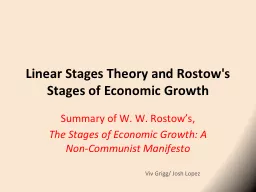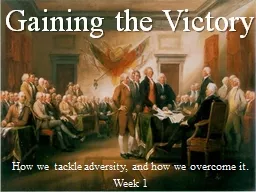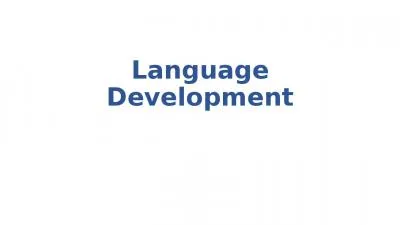PPT-Models of Urban Places Gideon Sjoberg explained the stages of urban development in
Author : SocialButterfly | Published Date : 2022-08-03
The Preindustrial City Past and Present 1960 Sjoberg said that all cities were a product of their societies and went through stages Folkpreliterate Feudal Preindustrial
Presentation Embed Code
Download Presentation
Download Presentation The PPT/PDF document "Models of Urban Places Gideon Sjoberg ex..." is the property of its rightful owner. Permission is granted to download and print the materials on this website for personal, non-commercial use only, and to display it on your personal computer provided you do not modify the materials and that you retain all copyright notices contained in the materials. By downloading content from our website, you accept the terms of this agreement.
Models of Urban Places Gideon Sjoberg explained the stages of urban development in: Transcript
Download Rules Of Document
"Models of Urban Places Gideon Sjoberg explained the stages of urban development in"The content belongs to its owner. You may download and print it for personal use, without modification, and keep all copyright notices. By downloading, you agree to these terms.
Related Documents














